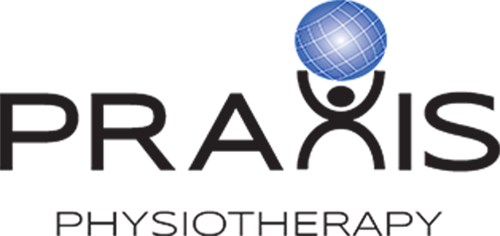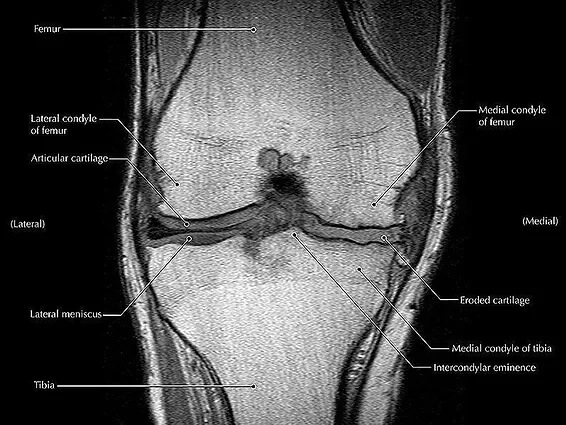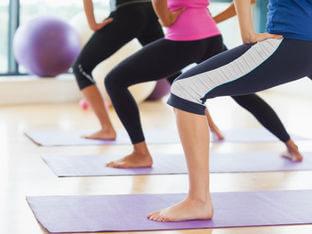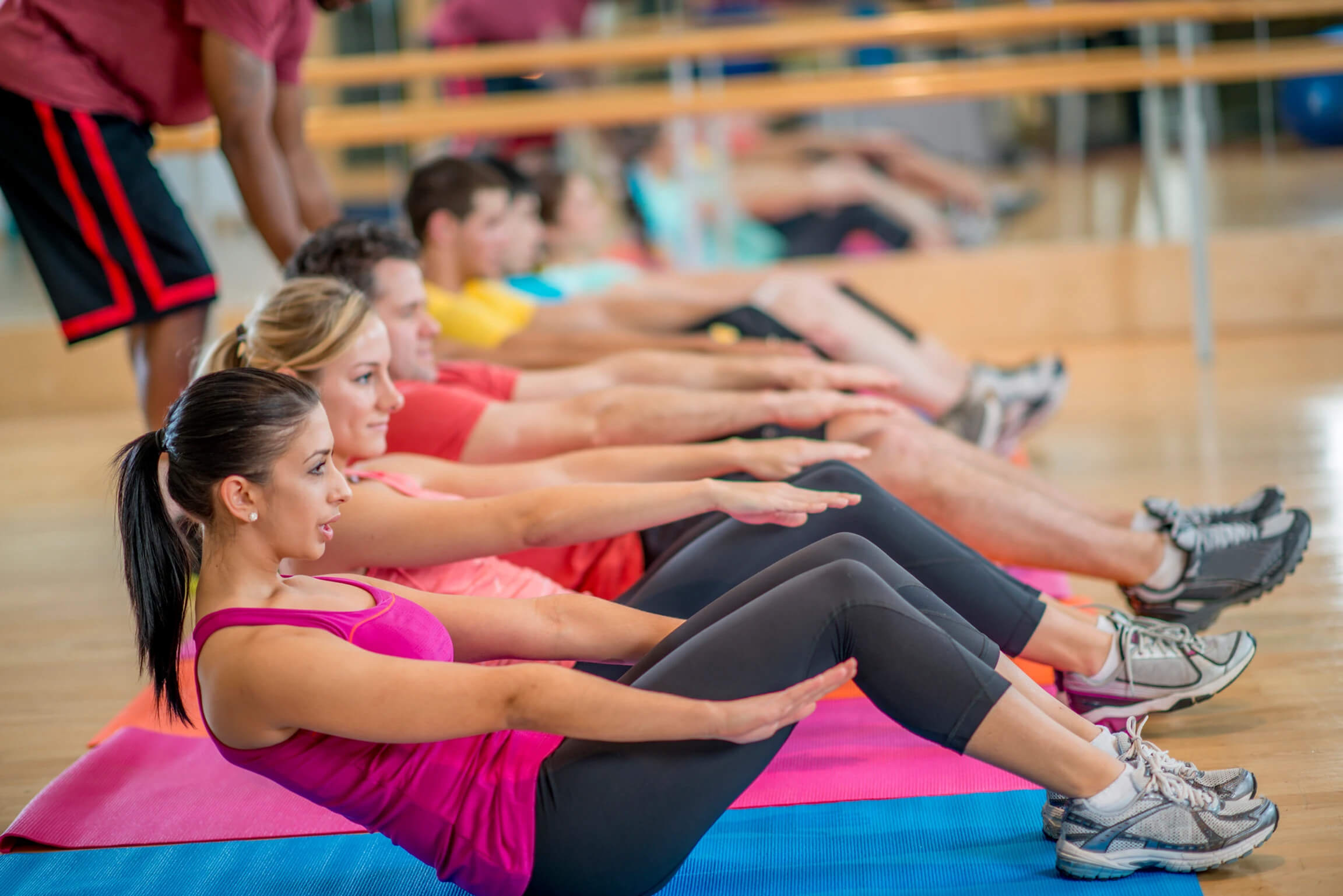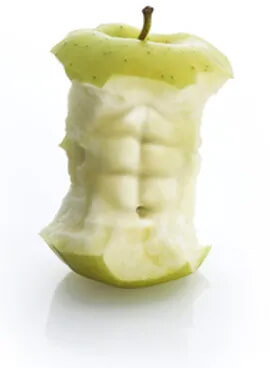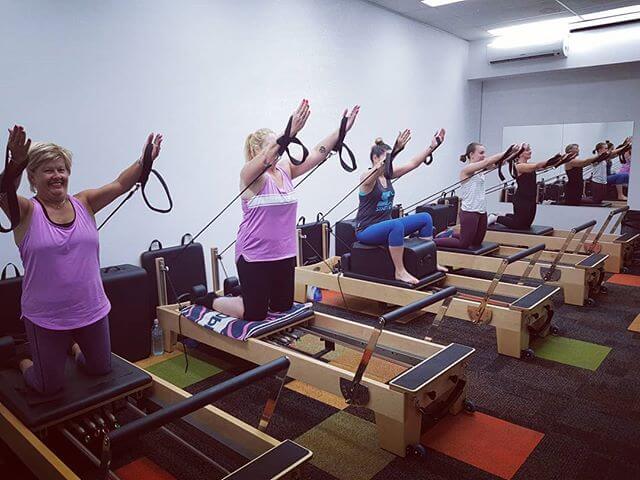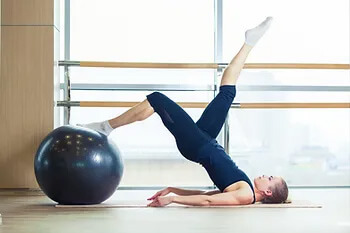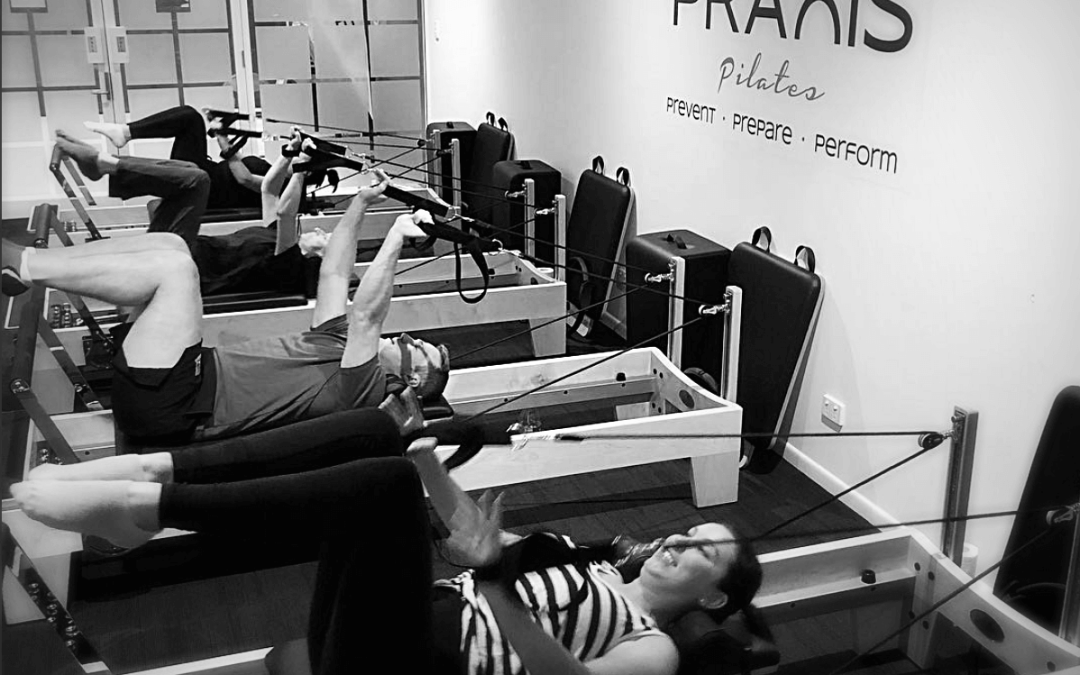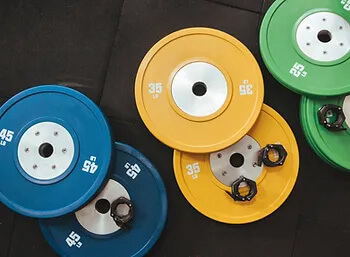
FACT OR FICTION FRIDAY || I’m too old to lift weights!
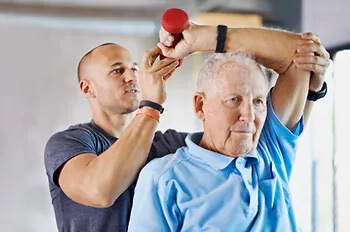
It all comes down to how you train! Training with higher loads generally provokes marginally larger gains in muscle size. Intensity corresponding above 85% of the individual maximum voluntary strength can also illicit improved rate of force development compared to 60-80%. This is imperative for reducing frailty as we age.
It is now recommended that healthy old people should train 3 or 4 times weekly for the best results; persons with poor performance at the outset can achieve improvement even with less frequent training.
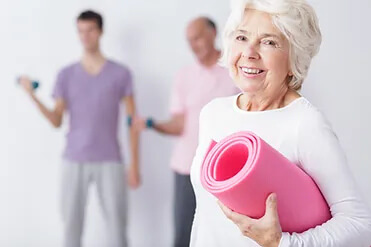
So if you are using age as an excuse – STOP! Don’t let your age be a barrier to trying new things or feeling strong. We are here to help with supervised sessions, a great network of PTs as well as our clinical reformer pilates classes which are a great way to start (or return) to strength training!
To book for a clinical pilates 1:1 session or to chat with a physio about how strength training can help you, head to our booking page or give us a call on (07) 3102 3337
Team Praxis
PREVENT | PREPARE | PERFORM
References:
Mayer, F., Scharhag-Rosenberger, F., Carlsohn, A., Cassel, M., Müller, S., & Scharhag, J. (2011). The intensity and effects of strength training in the elderly. Deutsches Ärzteblatt International, 108(21), 359.
Lopez, P., Pinto, R. S., Radaelli, R., Rech, A., Grazioli, R., Izquierdo, M., & Cadore, E. L. (2018). Benefits of resistance training in physically frail elderly: a systematic review. Aging clinical and experimental research, 30(8), 889-899.
